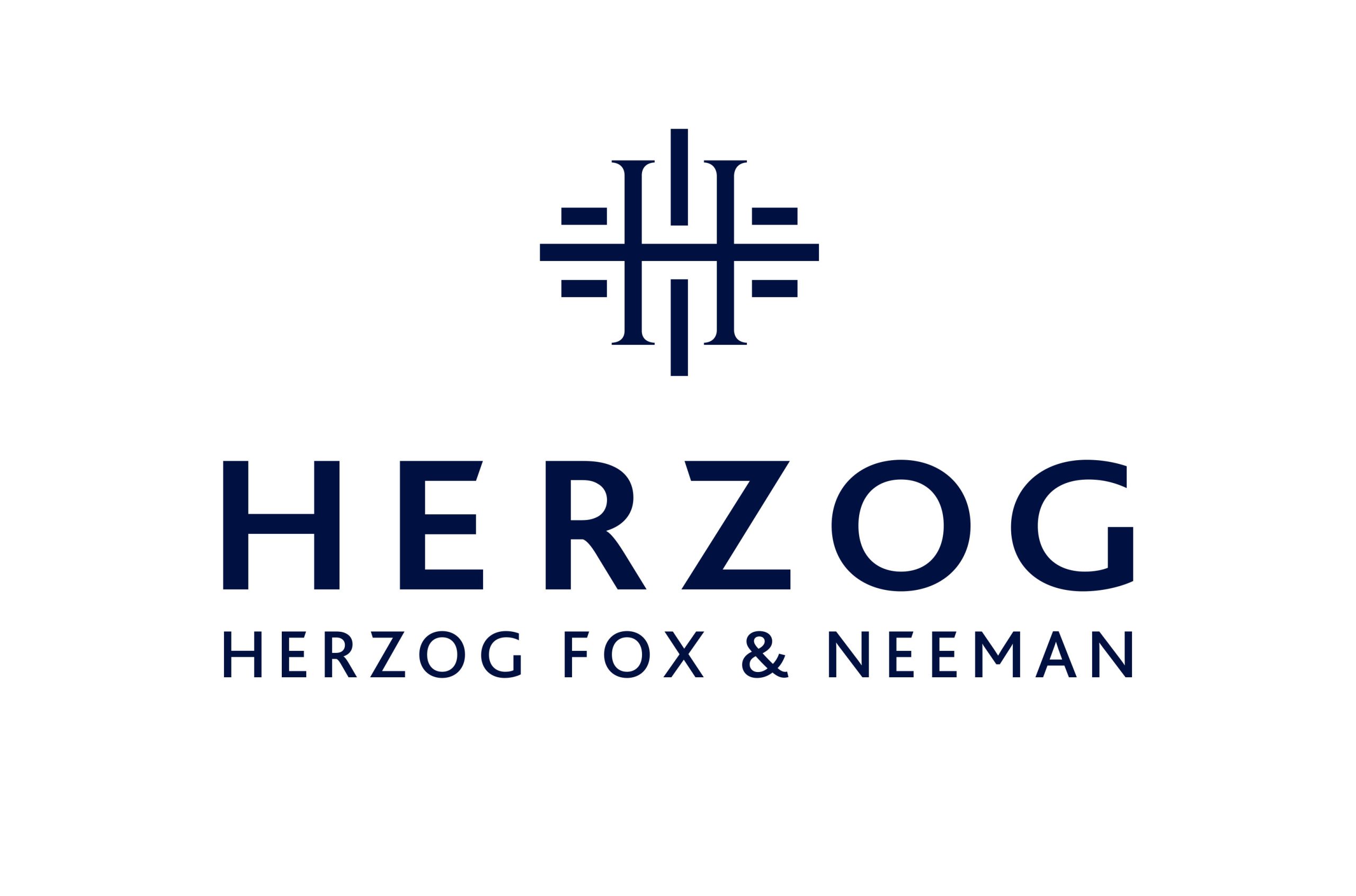Regulatory Developments with regard to Importation and Operation of Wireless Devices
19 January 2021
Dear clients and friends,
We wish to update you that the Ministry of Communications (“MoC“) has recently published two new and important regulations files with regard to importation and operation of wireless devices:
Wireless Telegraph Regulations (Exemption from Licensing), 5781 – 2020 (“Exemption from Licensing Regulations“)
Draft Wireless Telegraph (Modification Certificates) Regulations, 5781 – 2020 (“Modification Certificates Regulations“).
These regulations organize the current regulatory system. To do so, the regulations assemble the provisions that were spread across several orders, enacted by virtue of the Wireless Telegraph Ordinance (New Version), 5732–1972 (the “Telegraph Ordinance“), and actually replace them and come in their place. These orders, which are known as “Non Applicability of the Ordinance Orders”[1], determined the wireless devices that are completely exempt from licensing and those who require modification certificates. That is: a certificate from the MoC stating that the technical characteristics of a particular device, which are sought to be imported into Israel or manufactured, correspond to the technical characteristics of the devices as stipulated in the Non Applicability of the Ordinance Orders. Upon the entry into force of the said regulations, all Non Applicability of the Ordinance Orders shall be revoked.
The basic legal norm under the Telegraph Ordinance stipulates that the manufacture, trade, installation, operation or possession of a wireless device requires obtaining a license from the MoC. Following the comprehensive amendments made to the Telegraph Ordinance under the Arrangements Law for 2018-2019 (“Amendment No. 6 to the Telegraph Ordinance”)[2], the MoC has regulated three different regulatory alternatives regarding wireless devices: a licensing option, a separate arrangement for devices that are completely license-exempt from the Telegraph Ordinance, and the modification certificates, which are an alternative to the principle of the licensing obligation, given that the conditions as set out in the Modification Certificates Regulations are met.
The purpose of the new regulations is to expand the public’s possibilities to personally or commercially import wireless devices, and to enable the use of advanced technologies, such as Internet of Things (“IoT”) products. In addition, regulations in connection with wireless devices importers have been eased, in a manner that is expected to increase competition in relevant markets and consequently to reduce consumer prices.
Below are the key regulatory changes, divided to the two new regulations files:
Modification Certificates Regulations
As part of Amendment No. 6 to the Telegraph Ordinance[3], certain provisions with regard to modification certificates were determined, such as the documents that an importer or manufacturer must add to their application, as well as obligations that would apply to them, which include obligations to retain documents used in the submission of the application for 3 years from the date of issuance of the certificate and a prohibition to make changes in the equipment. Alongside setting out a practical and detailed arrangement regarding the implementation of the modification certificates’ regulatory alternative, either by declaration or approval by the MoC, the Modification Certificates Regulations specify the obligations that will apply to the holder of a certificate, including: product marking obligations, displaying the certificate authorization number, and in the case of devices whose use is allowed only indoor – to inform consumers about this limitation.
The schedule of the Modification Certificates Regulations determines the list of conditions, under which an applicable wireless device would be subject to the modification certificates alternative. These conditions include, inter alia: spectral features and characteristics, the typical uses of the devices, the limitations on the use of the devices and more.
The schedule also includes a new table of frequencies, according to which the number of frequency bands that can be used freely will be increased to include about 100 bands. Consequently, for the first time the regulations enable the use of advanced technologies that use LoRaWAN frequencies, on which many uses in the field of IoT are based. The use of 5GHz wireless internet frequencies, which until now were prohibited except than for indoor uses, as well as smart radar systems installed in vehicles, advanced medical technologies, etc., are also allowed to be used. In addition, the regulations enable a free use of various frequencies in connection with drones and vehicle emergency systems (“eCall“).
The regulation on importation of wireless devices that require modification certificates is divided into three types: import for personal use, commercial import and one-time commercial import. The division stems from the differences between the different types of imports. This variability is expressed, inter alia, in the degree of expertise of the importer and in the risk posed by the use of the electromagnetic spectrum. The regulation differs, depending on each type of import on the basis of a number of criteria – the purpose of the import, the number of devices allowed for import, the duration of the certificate granted, the level of detail of the required application documents and provisions regarding consumer or marketing aspects.
The Modification Certificates Regulations also seek to facilitate the regulation of parallel imports. According to the regulations, models that have previously received a certificate from the MoC and assuming this certificate is still valid, parallel importers will not be required to submit original manufacturer specifications, and will be able to provide alternative technical documents, alongside a declaration that the imported device is similar in its properties to the one previously certified. However, the period of validity of certificate issued on the basis of a certificate already granted will be the same as the validity period of the original certificate.
Modification certificates for self-use importing and one-time commercial importing shall be given through the ‘modification certificate by the Director’ alternative (under section 4K of the Telegraph Ordinance), according to his examination, and not in the automatic modification certificate alternative, which is based on a declaration (according to section 4J of the Telegraph Ordinance).
It should be noted that according to the provisions of section 4O of the Telegraph Ordinance, possession, operation and trade of wireless devices that received a modification certificate are exempt from the provisions of the Telegraph Ordinance regarding the licensing obligation.
Exemption from Licensing Regulations
The Exemption from Licensing Regulations are intended to anchor and consolidate the list of products which are exempt from the licensing obligation required by the Telegraph Ordinance, which the MoC has established over the years in separate orders. In addition, the regulations will expand the scope of the existing exemptions and apply it in relation to other types of devices, both for import for personal use, that allows the importation of up to 5 devices and for one-time commercial import that allows the importation of up to 50 units.
Under this expanded scope, types of devices in relation to which the exemptions will apply will now include, inter alia, televisions, streamers, tablets, computers, computer accessories and more. Similarly, the exemption on imports for personal use only will also be expanded and additionally include car headsets and devices operating on satellite networks. However, the draft regulations propose to remove the existing exemption of importation for personal use of the following items: printers, scanners, copiers, amplifiers and home audio systems. The reason for these removals are the MoC’s concerns that these devices may disrupt communications of other civilian wireless systems. Thus, the importation of these types of equipment will be subject to modification certificate as they were before their exemption, depending on the types of wireless frequencies under which they operate.
Similar to the arrangement that existed until now in the Non Applicability of the Ordinance Orders, the new regulations clarify that as a condition for the exemption the owner of the device must ensure that the operation of the devices will not causing a disruption or interruption of the operation of another wireless device that has been assigned a frequency band under the ordinance (e.g. frequency bands used for domestic security purposes). In addition, the exemptions provided by regulations do not confer protection against wireless interference from other wireless devices.
[1] Wireless Telegraph Order (Non-Applicability of the Ordinance), 1982, Wireless Telegraph Order (Non-Applicability of the Ordinance) (No. 2) 1982 and the Wireless Telegraph Order (Non-Applicability of the Ordinance), 1983.
[2] Amendment No. 6 to the Telegraph Ordinance through Section 9 of the Economic Plan Law (Amendments to Legislation for the Implementation of Economic Policy for the Budget Year 2019), 2018.
[3] Article B of Chapter C of the Telegraph Ordinance
To view the draft regulations >> click here
Please do not hesitate to contact us if you have any questions or require any clarification regarding the above.
Kind Regards,
Herzog Fox & Neeman
Esther Sternbach | Partner
Telecoms, Media & Entertainment
Ruly Ber | Partner
Technology & Regulation





